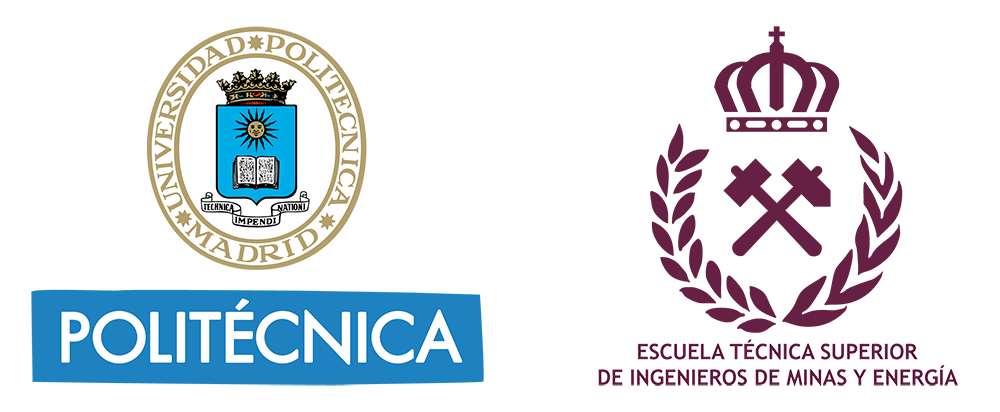From 1927, as in other Museums in Spain, activity was somewhat paralyzed, and the use of Museum as a place to collect and study minerals fell away.
During the Civil War, the minerals were transferred various times around the building, in order to ensure their safety. In the 1940s, Carlos Muñoz Cabezón reorganized the collection, structuring it according to the DANA system, and by cations, tradition, and mining utility.
In 1969 a new reordering was carried out, led by the Professor of Mineralogy Carlos Villalón, and in 1973 a ‘trabajo fin de grado’ project was carried out on the minerals by Don Tomás Piera, which lead to the discovery of valuable forgotten specimens, as well as numerous deficiencies, within the collections. With some notable exceptions, the period from 1927 to 1983 was one of abandonment for the Museum, so, despite its richness in minerals from the classic European and American mines of the nineteenth century, the specimens now common in the markets are less represented.
In 1983 Benjamin Calvo (Professor of Mineralogy) was appointed Director of the Museum, and he began the work of reordering the pieces, grouping scattered collections, repairing display cases and drawers, and acquiring new pieces, through purchase or exchange. Relationships with other national and foreign museums were promoted, and a presence is still maintained in fairs and competitions. Information leaflets are also published, and the use of the museum is encouraged for classes and visits by the public and other educational establishments.
In 1988 ‘Prince Felipe de Borbón y Grecia’ accepted the proposal to give his name to the Museum, and inaugurated the first two sections of the museum on December 12th, 1988, coinciding with an academic event held at the School to commemorate the bicentenary of the death of King Carlos III of Spain, founder of the School of Mines.
With the incorporation of mineral, fossil, and rock collections into the ‘Museo Histórico-Minero Don Felipe de Borbón y Grecia’, in December 1988, new objectives and activities were set. The ‘Fundación iberoamericana del Mineral y de la Energía’, was created in the current school building in which the Museum will be integrated. An annual budget was provided in 1989, and with it, followed the works, which were carried out in part by fellows of the School itself.
The classification of minerals and fossils has now been completed and information sheets have been drawn up and computerized. The collections of Naranjo, Cía, Gil, Maestre, the Philippines, and above all, the Marquis of Elduayen, have all been reordered and regrouped. The others, which were renumbered in 1923, unfortunately lost all traces of their origin, although the specimens, fortunately, are mostly preserved.
The valuable ‘Biblioteca Histórica’ has also experienced a period of resurgence. Thanks to the efforts of Professor Antonio Canseco and the library staff, hundreds of volumes have been recovered and analyzed and many others cleaned and microfilmed.
A stock take of the important collection of display models of old machines and instruments was also completed, grouping much of the former in a warehouse, in which they await their final exhibition.
Finally, as a culmination of the resurgence of the ‘Museo Histórico-Minero D. Felipe de Borbón y Grecia’, under the command of its current director Benjamín Calvo Pérez, this website has been created to share the important contribution of this museum to the knowledge of mineralogy in Spain with the world.

